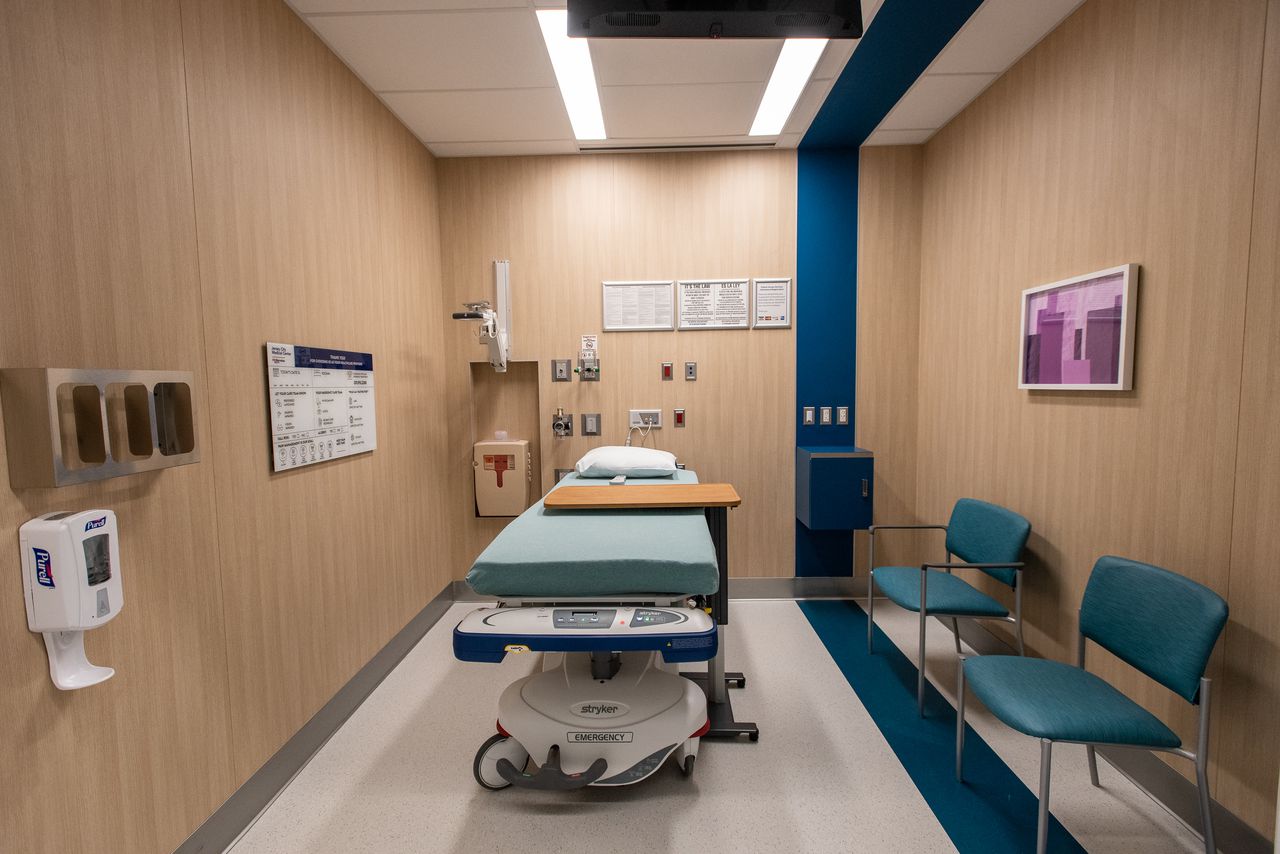Freestanding emergency departments spread in Alabama as rural hospitals struggle
Two hospitals have announced plans to build freestanding emergency departments in north Alabama – bringing a new type of critical care facility to the areas around Huntsville and Decatur.
The first freestanding emergency rooms in Alabama opened in 2015 in the suburbs outside of Birmingham. The state already has eight freestanding emergency departments in Baldwin, Mobile, Jefferson, Shelby and Lee counties. The addition of facilities in Hartselle and Harvest will expand access in north Alabama.
Freestanding emergency departments, which are staffed and equipped like regular emergency rooms but don’t have an attached hospital, have spread in Alabama even as other medical facilities have struggled. Officials with rural hospitals and the Alabama Hospital Association said earlier this year more than a dozen hospitals are operating at or near a loss and in danger of closing.
If a rural hospital closes, it’s unlikely to be replaced by a freestanding emergency department, said Don Williamson, president of the Alabama Hospital Association. The facilities, which must be affiliated with existing hospitals, have gravitated toward suburban areas where access to emergency care may be inconvenient due to traffic or sprawl, Williamson said.
“Freestanding emergency departments are like any other healthcare facility,” Williams said. “They have to be profitable.”
Many rural hospitals in Alabama struggle to serve medically needy patients who lack insurance or rely on Medicare or Medicaid. Staffing costs increased significantly during the pandemic and patient volume decreased, according to a report by the consulting firm Kaufman Hall. Freestanding emergency departments in rural areas would face the same financial problems and could potentially take business away from existing hospitals.
“We are generally not seeing them in places where you have a struggling facility and where adding another will split up an already difficult market,” Williamson said.
Freestanding emergency departments have spread across the country and have different regulations in every state. Their growth in Alabama has been relatively slow because they are regulated by the State Health Planning and Development Agency and must be affiliated with existing hospitals. In Texas, for example, more than 200 freestanding emergency rooms opened after the state became the first in the nation to allow independent operators to run them.
Patients sometimes confuse freestanding emergency departments and urgent care. In Texas, lawmakers have taken steps to increase transparency and reduce surprise medical bills. Urgent care clinics usually operate on extended hours and can treat many routine medical complaints including fevers and minor injuries.
Freestanding emergency departments are open 24 hours, have providers trained in emergency care and have advanced imaging equipment such as MRIs and CT scanners. Doctors can treat broken bones, start IVs and begin care in life-threatening emergencies involving chest pain and stroke symptoms. They have ambulance bays and helipads to transport patients who need surgery or admission to the hospital.
They also cost more than urgent care centers and bill at the same rates as regular emergency rooms. A 2017 study found that freestanding emergency departments are associated with higher Medicare costs. A spokesperson with Blue Cross Blue Shield of Alabama said the facilities provide necessary care.
“Freestanding emergency rooms are a good option If someone can’t reach their doctor or needs care outside of regular office hours,” said Sophie Martin, a spokeswoman for Blue Cross Blue Shield of Alabama. “We recommend our members confirm their selected location is covered by their plan, and if it is a true medical emergency, they should call 9-1-1.”
Although some experts have proposed freestanding emergency departments as a partial solution for rural health care needs, studies have found the facilities usually cluster near cities in areas with higher-than-average incomes.
In north Alabama, Cullman Regional Medical Center officials have begun the process of seeking approval for a freestanding emergency department in Hartselle. Although Decatur to the north has two hospital campuses, Hartselle has none.
State regulators have already approved a freestanding emergency department for Harvest in the suburbs just northwest of Huntsville that will be run by Crestwood Medical Center. That facility is scheduled to open next year.
Williamson said the emergency departments have been helpful in communities where they’ve opened but are unlikely to spread to all areas of the state.
“In places we don’t have a hospital, a freestanding emergency department would be very helpful,” Williamson said. “But the same reason a hospital is failing is the same reason an FED might not be sustainable.”
